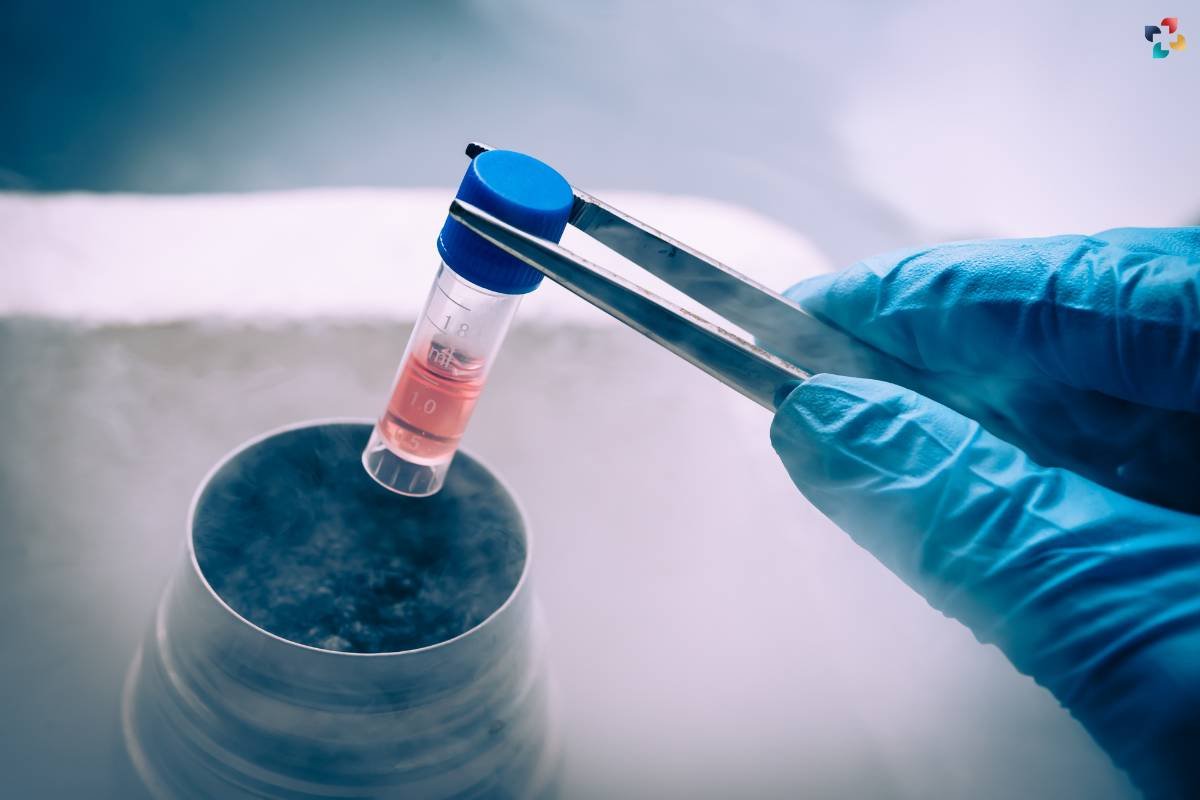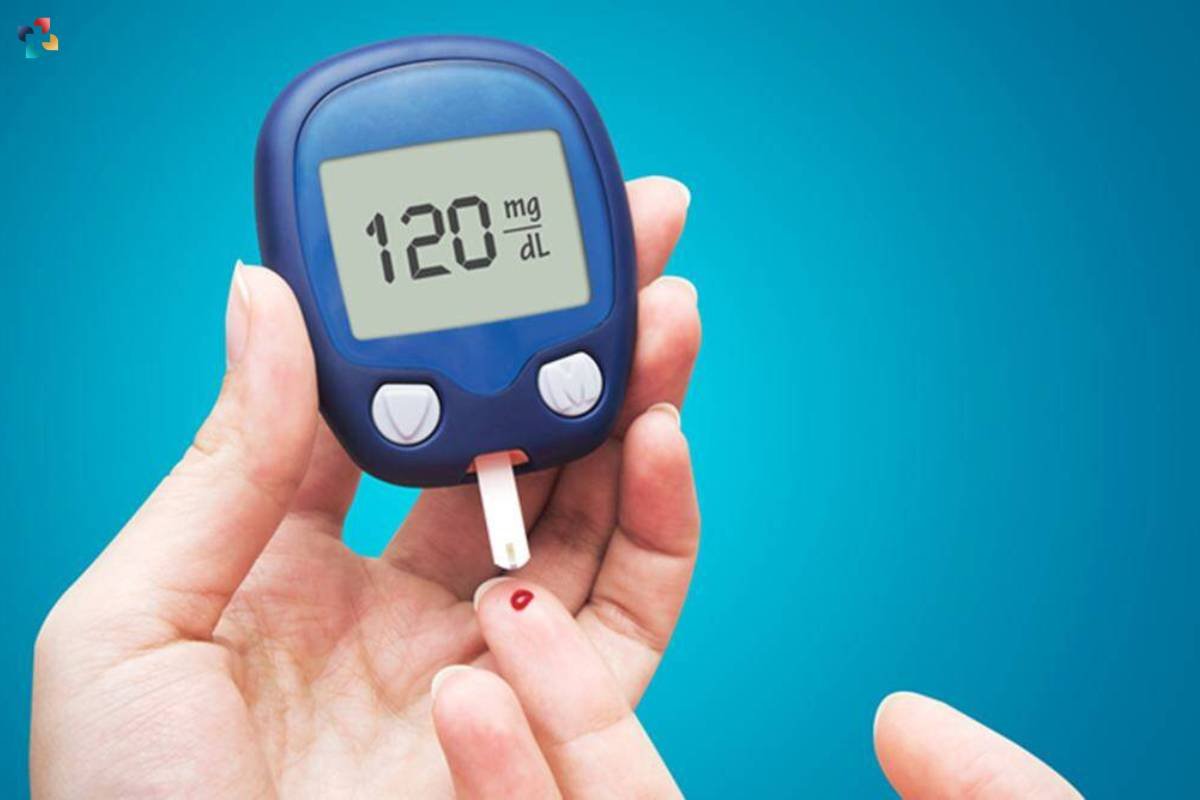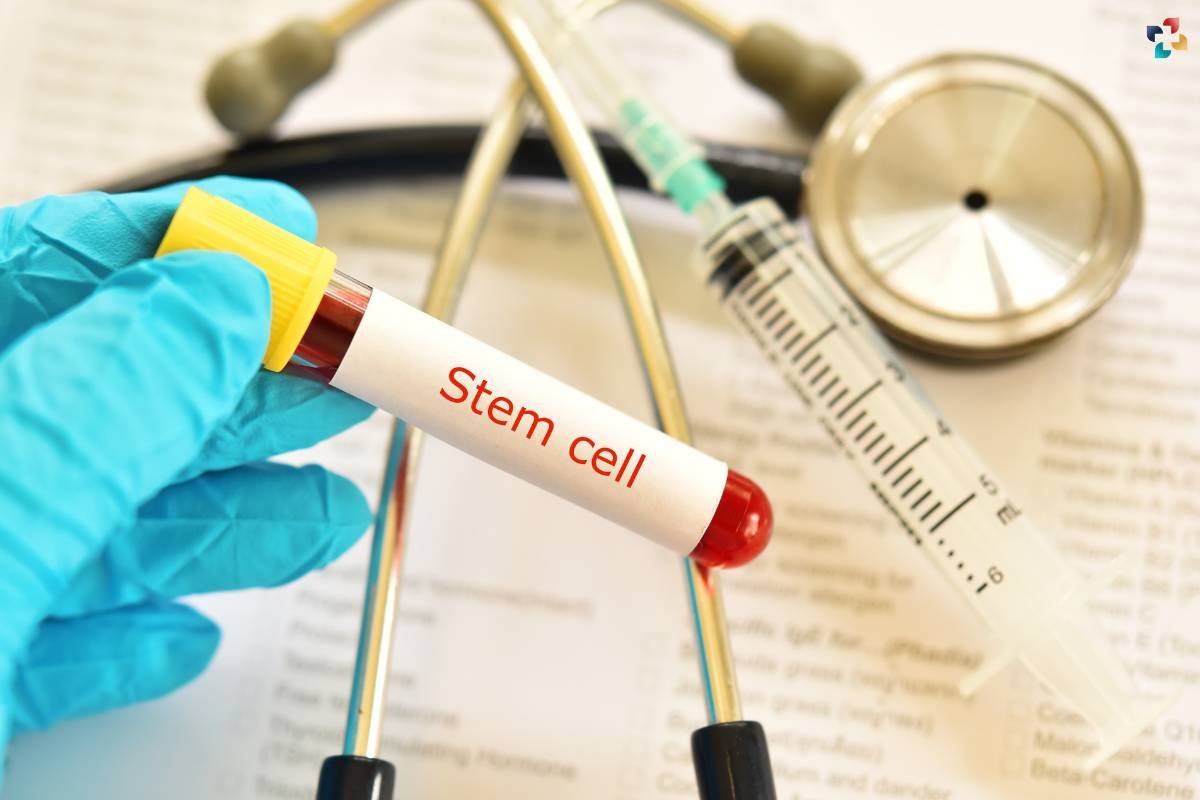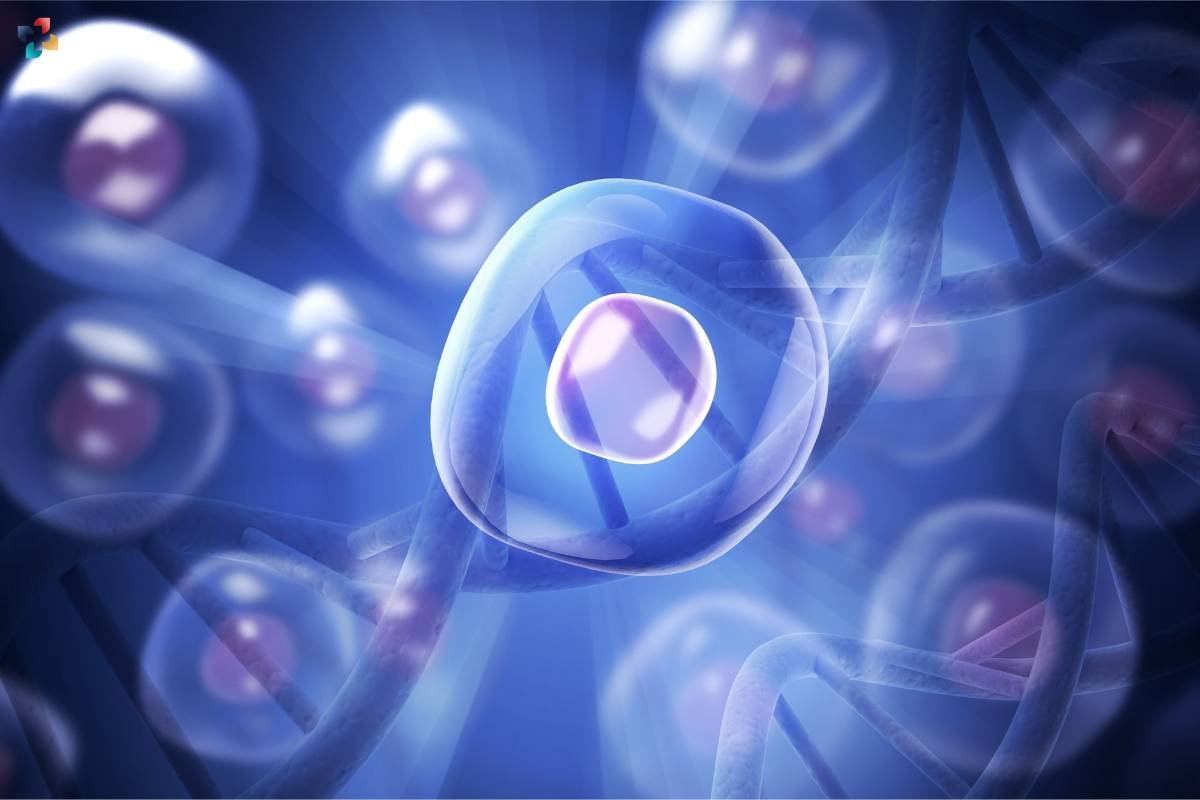Stem cell technology is at the front of medical innovation, providing a revolutionary means of treating a wide range of illnesses and wounds. Because of their extraordinary capacity to differentiate into many cell types, stem cells are incredibly versatile and present new opportunities for both therapeutic interventions and regenerative medicine. We delve into the complexities of stem cell science in this thorough investigation, looking at its uses, moral implications, and significant influence on the state of contemporary healthcare.
Understanding Stem Cells: Nature’s Master Builders
1. Embryonic Stem Cells
Embryonic stem cells, derived from embryos, possess pluripotency, meaning they can differentiate into any cell type in the human body. This inherent flexibility makes them a cornerstone of stem cell research and regenerative medicine.
2. Adult Stem Cells
Adult or somatic stem cells are found in various tissues throughout the body. While they are more specialized than embryonic stem cells, they still hold significant regenerative potential, contributing to the maintenance and repair of specific tissues.
3. Induced Pluripotent Stem Cells (iPSCs)
Reprogramming adult cells into induced pluripotent stem cells represents a remarkable feat in stem cell technology. iPSCs share characteristics with embryonic stem cells, offering a non-controversial alternative for research and therapeutic applications.
Applications in Regenerative Medicine: Healing from Within
1. Tissue Regeneration
Stem cells play a pivotal role in regenerating damaged or diseased tissues. From repairing injured spinal cords to regenerating cardiac tissue after a heart attack, the regenerative potential of stem cells holds promise for treating a myriad of conditions.
2. Bone Marrow Transplants
Hematopoietic stem cells found in bone marrow are routinely used in bone marrow transplants to treat various blood disorders, including leukemia and lymphoma. These transplants aim to replenish the patient’s blood-forming cells and restore a healthy blood system.
3. Neurological Disorders
Stem cell technology offers hope for treating neurological disorders like Parkinson’s and Alzheimer’s disease. By replacing damaged neurons with healthy, functioning cells, researchers aim to slow or reverse the progression of these debilitating conditions.
Stem Cells in Organ Transplants: Bridging the Gap

1. Heart Repair
Stem cells show promise in repairing damaged heart tissue, offering an alternative or complementary approach to traditional interventions. This could revolutionize the treatment of cardiovascular diseases, a leading cause of global morbidity and mortality.
2. Liver Regeneration
The liver’s remarkable regenerative capacity is augmented by the presence of hepatic stem cells. Harnessing the potential of these cells holds implications for treating liver diseases and improving outcomes for patients in need of liver transplants.
3. Lung Restoration
The respiratory system, often challenged by conditions like chronic obstructive pulmonary disease (COPD) and fibrosis, may benefit from stem cell-based therapies aimed at regenerating damaged lung tissue. This approach could offer a lifeline for patients with limited treatment options.
Stem Cell Technology in Diabetes Management: Restoring Insulin Production

1. Beta Cell Replacement
Type 1 diabetes results from the immune system attacking insulin-producing beta cells in the pancreas. Stem cell technology holds the potential to replace damaged beta cells, restoring insulin production and offering a transformative approach to diabetes management.
2. Islet Cell Transplants
Islet cell transplantation, utilizing pancreatic islet cells containing beta cells, has shown promise in improving glycemic control in individuals with type 1 diabetes. Stem cell research aims to enhance the efficacy and accessibility of such transplantation therapies.
3. Engineering Insulin-Producing Cells
Researchers are exploring ways to engineer stem cells to produce insulin in response to blood glucose levels. This approach, if successful, could provide a novel and self-regulating method for managing diabetes.
Challenges and Ethical Considerations: Navigating the Landscape
1. Ethical Considerations in Embryonic Stem Cell Research
The use of embryonic stem cells has been met with ethical debates due to concerns about the destruction of human embryos. Striking a balance between scientific progress and ethical considerations remains a persistent challenge.
2. Risk of Tumor Formation
Pluripotent stem cells, including embryonic stem cells and induced pluripotent stem cells, carry the risk of forming tumors. Safeguarding against uncontrolled cell growth and tumorigenesis is a crucial aspect of stem cell research.
3. Immunological Challenges
The immune system’s response to transplanted stem cells poses challenges in ensuring long-term viability and functionality. Immune rejection can compromise the success of stem cell-based therapies, necessitating innovative solutions.
Emerging Technologies: Pushing the Boundaries of Stem Cell Science
1. CRISPR-Cas9 and Genetic Editing
The revolutionary CRISPR-Cas9 technology enables precise genetic editing of stem cells, offering unprecedented control over their characteristics. This tool holds promise for correcting genetic mutations and optimizing stem cells for therapeutic use.
Also Read: Unlocking the Code of Life: Exploring Genome Editing and CRISPR-Cas9
2. Organoids and 3D Bioprinting
Advancements in organoids and 3D bioprinting technologies allow researchers to create miniature, functional organs from stem cells. These organoids serve as valuable models for studying diseases and testing potential therapies.
3. Exosome Therapy
Exosomes, extracellular vesicles released by stem cells, are garnering attention for their therapeutic potential. Harnessing the regenerative properties of exosomes may offer a novel avenue for treating various conditions without the need for cell transplantation.
Regulatory Landscape and Future Outlook: Charting the Course Ahead

1. Regulatory Oversight
The rapid progress in stem cell technology necessitates robust regulatory frameworks to ensure safety, efficacy, and ethical standards. Regulatory bodies worldwide play a pivotal role in shaping the responsible development and deployment of stem cell-based therapies.
2. Patient-Centric Approaches
As stem cell therapies move from research labs to clinical settings, a patient-centric approach becomes paramount. Tailoring therapies to individual patient needs and optimizing treatment protocols are central tenets for realizing the full potential of stem cell technology.
3. Global Collaboration
Collaboration between researchers, clinicians, regulatory bodies, and industry stakeholders is crucial for advancing stem cell technology. Shared knowledge, standardized protocols, and collective efforts can accelerate progress and bring transformative therapies to a global scale.
Conclusion: Transforming Medicine, One Cell at a Time
At the nexus of scientific discovery and medical progress, stem cell technology presents previously unheard-of opportunities for disease treatment, tissue regeneration, and the revolution of healthcare. From laboratory discoveries to clinical applications, there are obstacles to overcome as well as moral dilemmas and a changing regulatory environment to navigate.
As scientists continue to explore the mysteries of stem cells and utilize cutting-edge technologies, the possibilities are endless. The revolutionary power of stem cell technology is highlighted by its potential to enhance patient outcomes and revolutionize medicine, signaling a paradigm shift in how we view healing and regenerative medicine.






.jpg)
